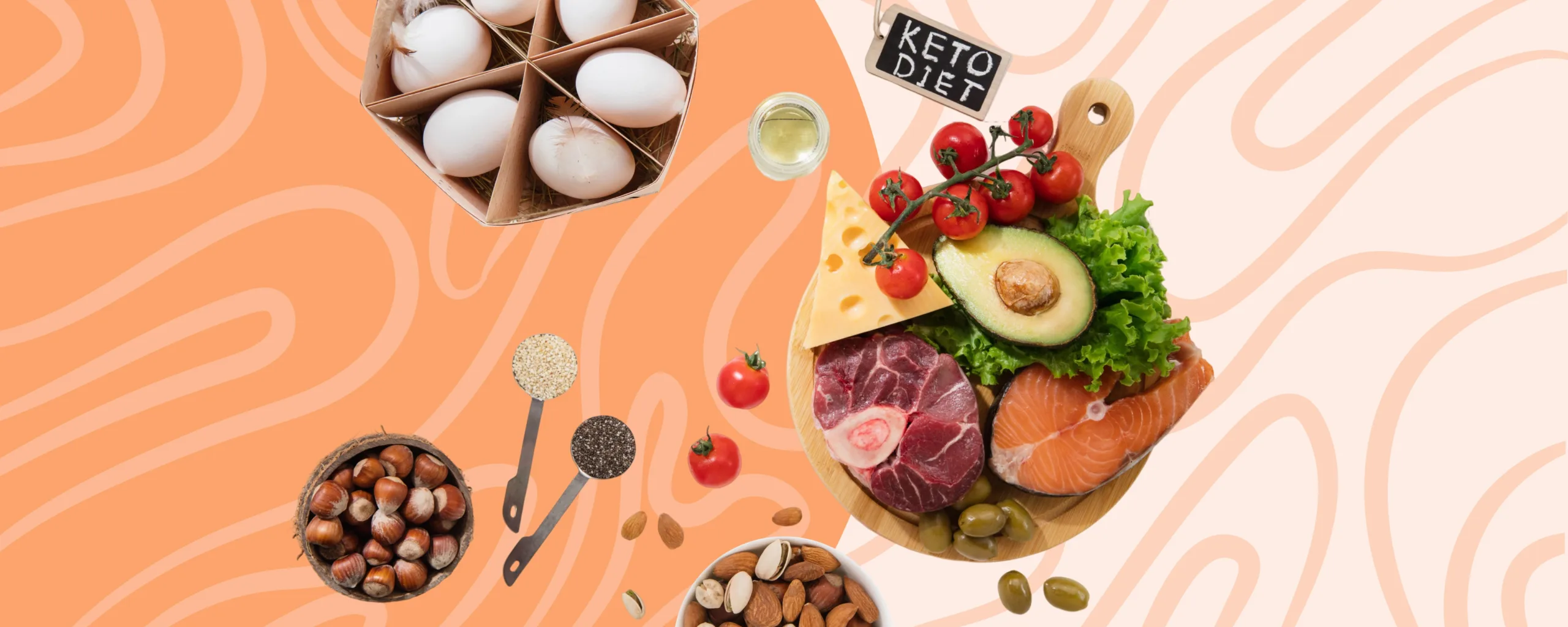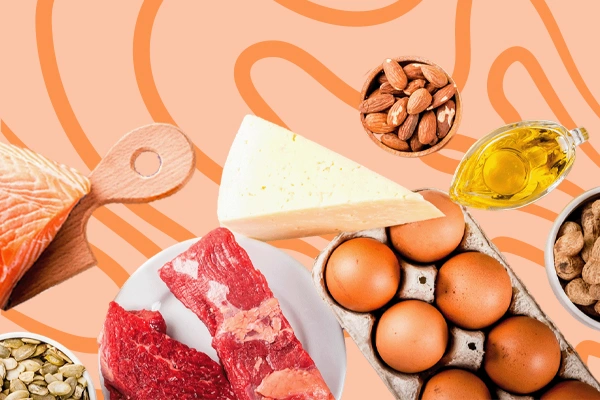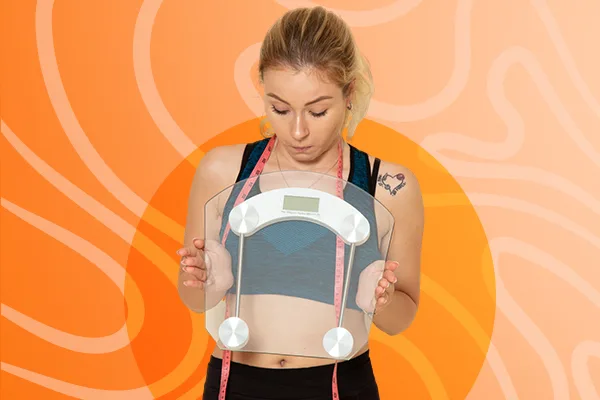How Does the Keto Diet Help You Burn Fat and Boost Energy?
The keto diet shifts your body into ketosis, where fat becomes your main energy source instead of carbs. This low-carb, high-fat approach supports weight loss, stable blood sugar, and mental clarity. Key takeaways:
Macronutrient ratio: 70–75% fat, 20–25% protein, 5–10% carbs
Benefits: Fat loss, improved insulin levels, reduced inflammation, more energy
Challenges: Keto flu, strict carb limits, potential nutrient gaps
Best foods: Healthy fats, proteins, low-carb veggies
Foods to avoid: Sugar, grains, starchy veggies, high-carb fruits
With proper planning, the keto diet can transform your health naturally and effectively.
The ketogenic (keto) diet has gained immense popularity in recent years as an effective way to lose weight, improve health, and even enhance mental clarity. But how does the keto diet work? At its core, the ketogenic diet is a low-carbohydrate, high-fat eating plan that shifts your body’s metabolism into a state called ketosis. This metabolic change allows your body to burn fat for energy instead of relying on carbohydrates. In this blog post, we’ll explore the science behind the keto diet, how it works, and its potential benefits and challenges.
Understanding the Basics of the Keto Diet
The keto diet is one of the best diets for weight loss purposes. It drastically reduces your carbohydrate intake and replaces it with healthy fats. By doing so, it forces your body to switch its primary energy source from glucose (derived from carbs) to ketones (produced from fat). This process is what makes the ketogenic diet unique compared to other eating plans.
Macronutrient Breakdown
A typical macronutrient ratio on the keto diet looks like this:
- 70-75% Fat: Healthy fats like avocado, olive oil, nuts, seeds, and fatty fish are the cornerstone of the diet.
- 20-25% Protein: Moderate protein intake includes meat, eggs, and dairy.
- 5-10% Carbohydrates: Limited to 20-50 grams of net carbs per day, coming from non-starchy vegetables like broccoli, spinach, and zucchini.
By adhering to this ratio, your body enters ketosis, a metabolic state where fat becomes its primary fuel source.
How Does the Keto Diet Work?
To understand how the keto diet works, you first need to grasp the concept of ketosis. Normally, your body uses glucose (from carbohydrates) as its main source of energy. However, when carbohydrate intake is drastically reduced, glucose availability drops, and the body needs to find an alternative fuel source.
The Role of Ketones
When you restrict carbs, your liver begins to break down fatty acids into molecules called ketones. These ketones provide fuel for your brain, muscles, and other organs. Ketosis is the metabolic state where your body efficiently burns fat for energy instead of carbs. This shift not only promotes fat loss but also stabilizes blood sugar levels and reduces insulin spikes.
How Long Does It Take to Enter Ketosis?
It typically takes 2-4 days of eating fewer than 50 grams of net carbs per day to enter ketosis. Factors like activity level, metabolic rate, and individual genetics can influence how quickly you achieve this state.

Benefits of the Keto Diet
The ketogenic diet offers several health benefits beyond weight loss. Here are some of the most notable advantages:
1. Weight Loss
One of the primary reasons people try the keto diet is its effectiveness for fat loss. By burning fat for fuel and suppressing appetite-regulating hormones like ghrelin, this diet can lead to significant weight loss. Furthermore, the reduction in insulin levels encourages your body to release stored fat.
2. Improved Blood Sugar and Insulin Levels
According to academic sources, the keto diet can be especially beneficial for people with type 2 diabetes or insulin resistance. By minimizing carb intake, the diet helps stabilize blood sugar levels and reduces the need for insulin.
3. Enhanced Mental Clarity and Focus
Ketones are a more stable energy source for the brain compared to glucose. Many keto dieters report improved mental clarity, focus, and cognitive function, which can be attributed to the brain’s efficient use of ketones.
4. Reduced Inflammation
The keto diet has anti-inflammatory effects due to its focus on whole, unprocessed foods and its ability to reduce blood sugar levels. This can benefit individuals with chronic conditions like arthritis or autoimmune diseases.
5. Increased Energy Levels
By using fat as a steady fuel source, ketosis helps reduce the energy crashes often associated with a high-carb diet. This results in sustained energy throughout the day.
Challenges of the Keto Diet
While this diet offers numerous benefits, it’s not without its challenges. Here are some common issues people face:
1. The “Keto Flu”
When starting the diet, some people experience flu-like symptoms such as fatigue, headaches, and irritability. This is due to the body adapting to ketosis and a temporary loss of electrolytes. Staying hydrated and replenishing electrolytes with salt, magnesium, and potassium can help alleviate these symptoms.
2. Difficulty Sticking to the Diet
The restrictive nature of the keto diet can make it challenging for some individuals. Social gatherings, dining out, and cravings for carbs can make adherence difficult.
3. Potential Nutrient Deficiencies
Eliminating certain food groups may lead to deficiencies in vitamins and minerals. That may cause some concerns regarding the keto diet causing hair loss. To avoid this, focus on nutrient-dense, low-carb foods and consider supplementing with multivitamins.
4. Digestive Issues
Some people may experience constipation or other digestive issues when transitioning to the keto diet. Increasing fiber intake from non-starchy vegetables and drinking plenty of water can help.

What to Eat and Avoid on a Keto Diet
Foods to Eat
- Healthy fats: Avocado, coconut oil, olive oil, butter
- Protein: Eggs, meat, poultry, fish
- Low-carb vegetables: Spinach, broccoli, cauliflower
- Nuts and seeds: Almonds, chia seeds, flaxseeds
- Dairy: Cheese, cream, full-fat yogurt
Foods to Avoid
- Sugary foods: Candy, soda, desserts
- Grains: Bread, pasta, rice
- Starchy vegetables: Potatoes, corn
- Processed foods: Chips, baked goods
- High-carb fruits: Bananas, apples, grapes
Is the Keto Diet Right for You?
The keto diet can be a powerful tool for weight loss, improved health, and better energy levels. However, it’s not suitable for everyone. People with certain medical conditions, such as kidney disease or gallbladder issues, should consult a healthcare professional before starting the diet. Additionally, pregnant or breastfeeding women should avoid extreme dietary restrictions.
You can always consider trying other forms of diet based on your health goals, such as:
- MIND diet
- intermittent fasting
- Paleo diet
- Dukan diet
- pescatarian diet
- flexitarian diet
- OMAD diet
- carnivore diet
- endomorph diet
Keto Diet: Final Thoughts
The keto diet works by shifting your body into ketosis, a state where it burns fat for energy instead of carbs. This metabolic change offers numerous benefits, including weight loss, better blood sugar control, and enhanced mental clarity. However, the diet isn’t without challenges, such as the keto flu and potential nutrient deficiencies. By carefully planning your meals and staying consistent, you can reap the many rewards of this low-carb, high-fat lifestyle.
If you’re considering this diet in Dubai, do your research and consult a healthcare provider at elegant hoopoe to ensure it aligns with your health goals and needs. With proper guidance, the keto diet can be a life-changing way to transform your health and well-being.





